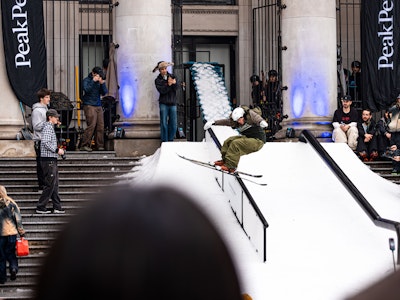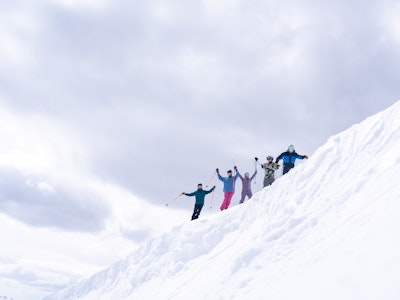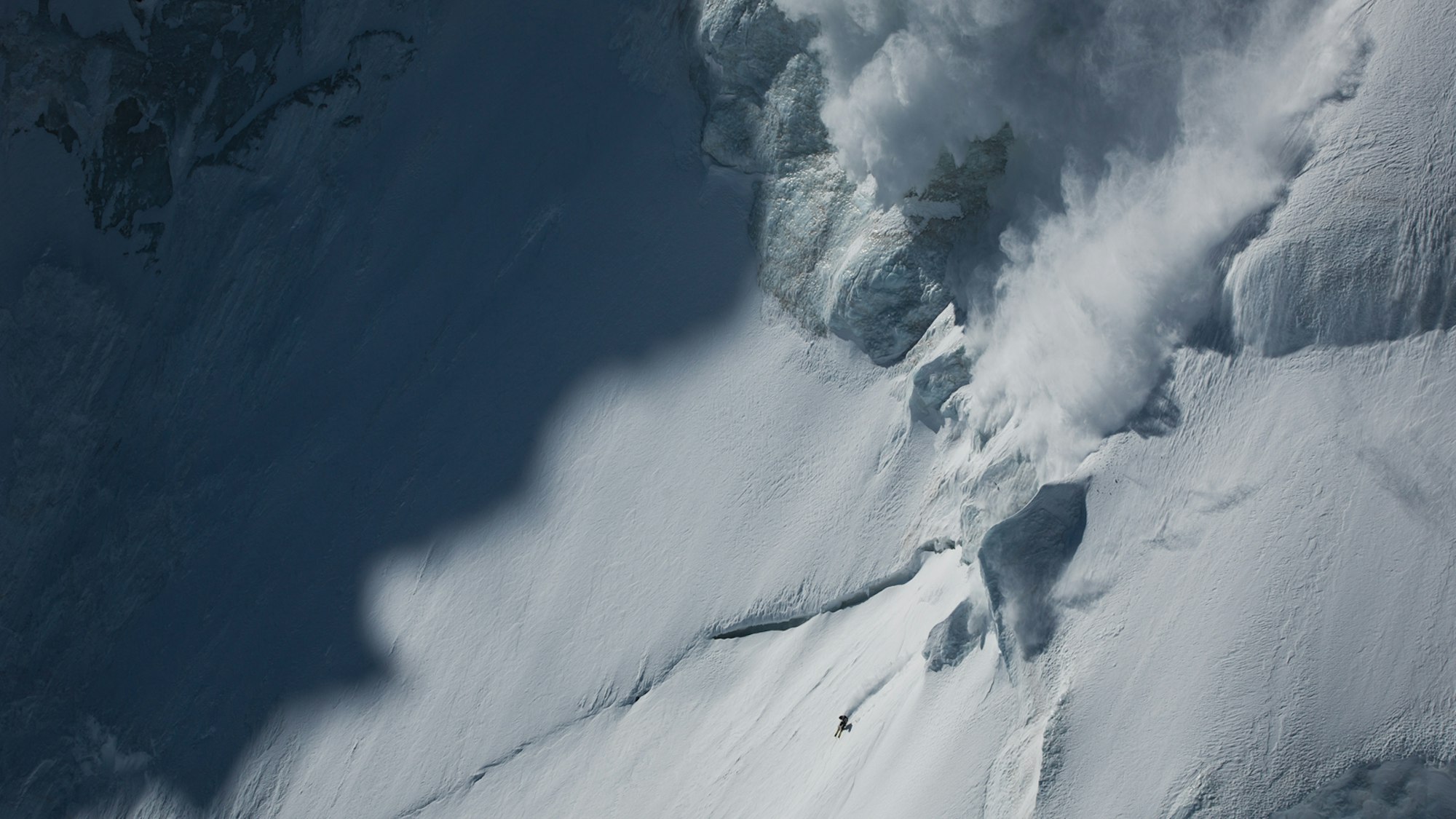

SAM ANTHAMATTEN IS FINDING HIS STRIDE AND REVOLUTIONIZING HOW SKIERS DESCEND THE MOST HARROWING MOUNTAIN FACES
WORDS ■ SAM TAGGART // PHOTOS ■ TERO REPO
Where you come from makes all the difference. For Sam Anthamatten, Zermatt, Switzerland has always been home. Tucked beneath 13,000 foot, perennially snow-capped peaks, massive, unforgiving glaciers and the iconic, striking Matterhorn, his village runs rich with big-mountain culture. Alpine guides, ice climbers and mountaineers are deemed celebrities while personal achievements are marked at high altitude. Here, the mountain range is a playground and “out of bounds” only applies to an unwarranted comment off the slopes.
Anthamatten, a 30-year-old UIAGM-certified mountain guide, veteran Freeride World Tour competitor and Faction athlete is currently redefining what it means to leave ski tracks in steep, big-mountain scenarios. Descending near-vertical faces at unprecedented speeds, the Swiss-German athlete’s technique links large, swooping turns alongside freestyle tricks in landscapes that don’t allow mistakes. By combining his extensive knowledge of mountaineering skills with the freedom of backcountry skiing, Anthamatten is changing the way riders look at the world’s tallest peaks.
“That’s my vision,” he says, “I want to combine big-mountain skiing with, if possible, good style. If you can ride a big face and at the end do a smooth trick over a crevasse—that’s the complete freeride experience. Always adapting your skiing to the terrain.”
Like reading newspaper reviews about the latest Oscar-winning star, friends and colleagues praise Anthamatten for his commanding performance in demanding terrain, noting his genuine devotion to the mountains and ability to guide an entire crew with natural confidence at his relatively young age.
Finnish photographer Tero Repo has worked with Anthamatten around the Zermatt area for the past seven or so years, witnessing some of his most outstanding moments first-hand while simultaneously capturing them on camera. “He works like a professional skier, but at the same time he’s taking care of the whole crew [as a guide],” says Repo. “He has a lot of expedition experience, he knows how it works… it’s amazing to be around that energy.”
By background, Anthamatten is an alpinist and climber who has trained extensively to achieve his current mountain guide status. “In Zermatt, guiding has a deep tradition,” he explains. “For us, even when we were younger, the guides were a bit like the heroes of big-mountain skiing.”
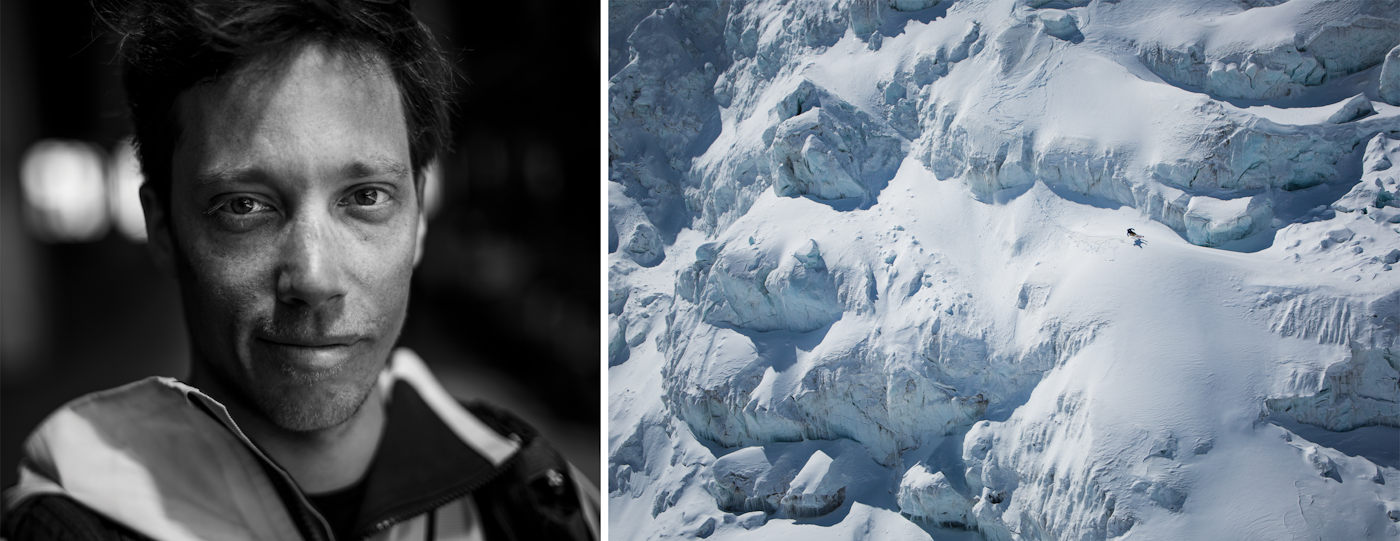
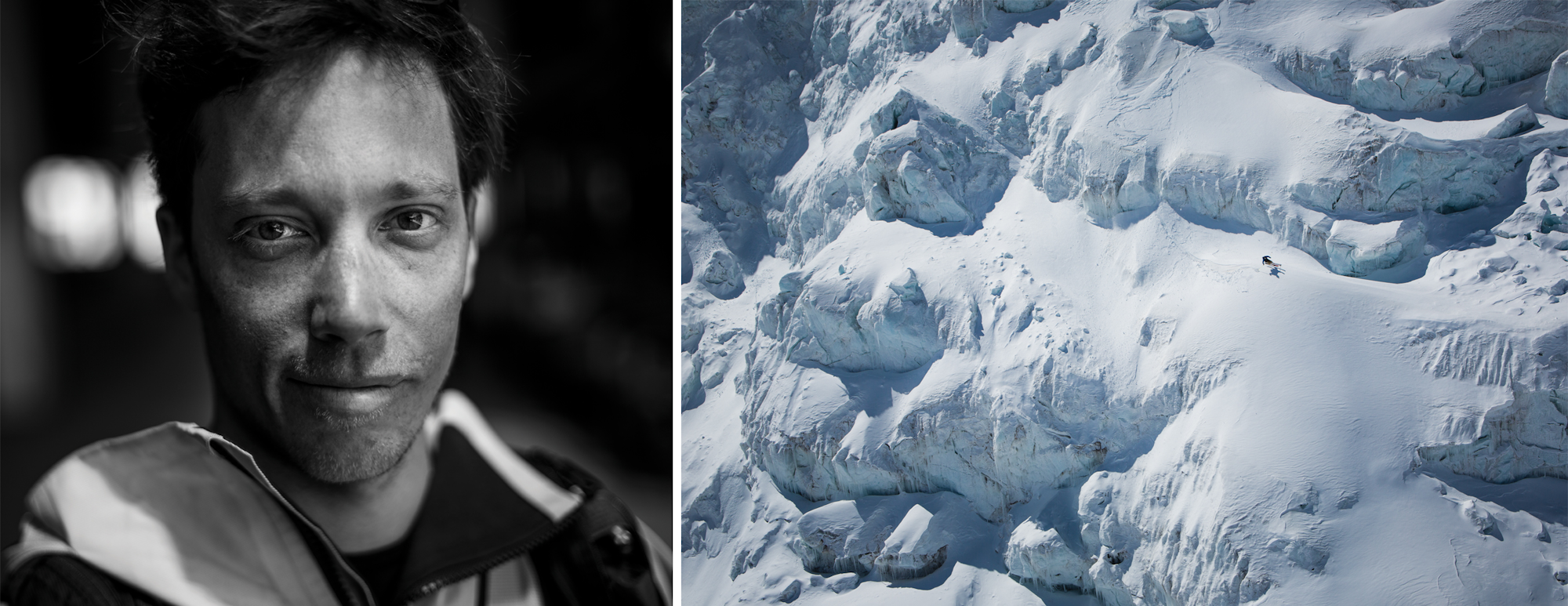
Beginning in his youth, Anthamatten attended coaching workshops hosted by well-known local guides. Today, he has completed nearly 200 days worth of specified training under UIAGM supervision. These thousands of hours spent in high alpine conditions studying snow and avalanches, mountain medicine and self-rescue techniques helped polish his already inherent ability to calculate risk and navigate through difficult topography. Impressively, he earned his mountain guiding certification at the ripe age of 23, maintaining his devotion to the Alps through rock climbing, ice climbing and mountaineering. He relegated skiing to the back of his mind during his teenage years and early twenties, yet it was a lingering passion.
“When I was 15 or 16 years old, I did a year of mogul skiing, then two years of telemarking, but I had no real focus on my skiing,” remarks Anthamatten. “I found [my] telemark skis in the trash bin… and I was [competing] in the Ice Climbing World Championships. Then the whole evolution, the whole growth of freeriding opened up—and I wanted to be part of that crazy world. At that point, [people like] Chris Davenport were catching my attention because they had an alpinism background and were also big-mountain skiers.”
Anthamatten got his break when he received wild card entry for the Freeride World Tour in 2011, coming as a result of his work as a consulting alpine guide for the global competition circuit. With a knack for charging big lines and an innate ability to adapt to the ever-changing conditions at high altitudes, Anthamatten had success participating in these high-stakes events. Earning impressive overall rankings and multiple podium appearances, he calls these initial experiences the “jumping board” for his progressive freeride ski career.
“From being a nobody in skiing—it was like, BOOM, full-on,” Anthamatten says, with a hint of excitement in his voice.
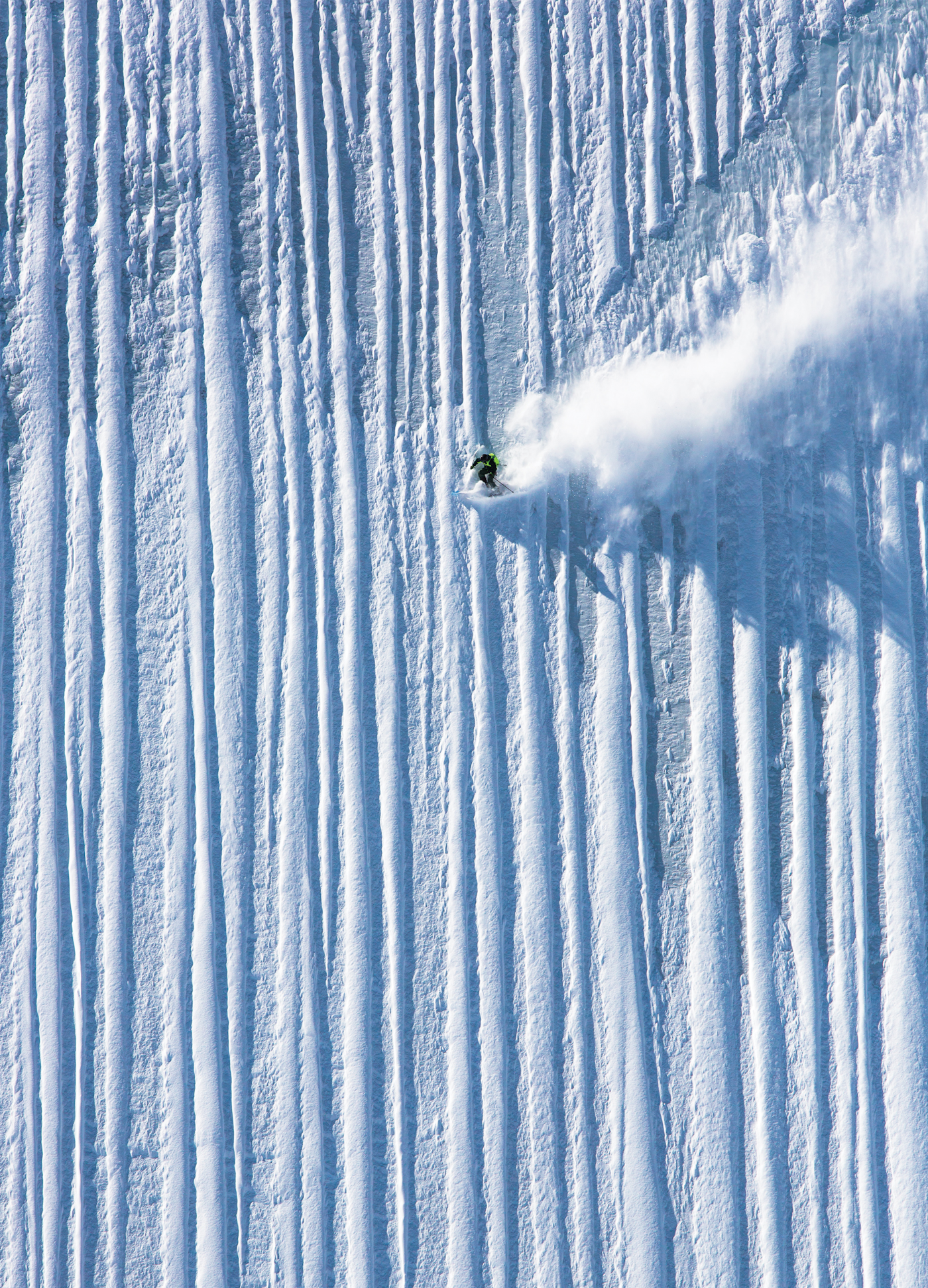
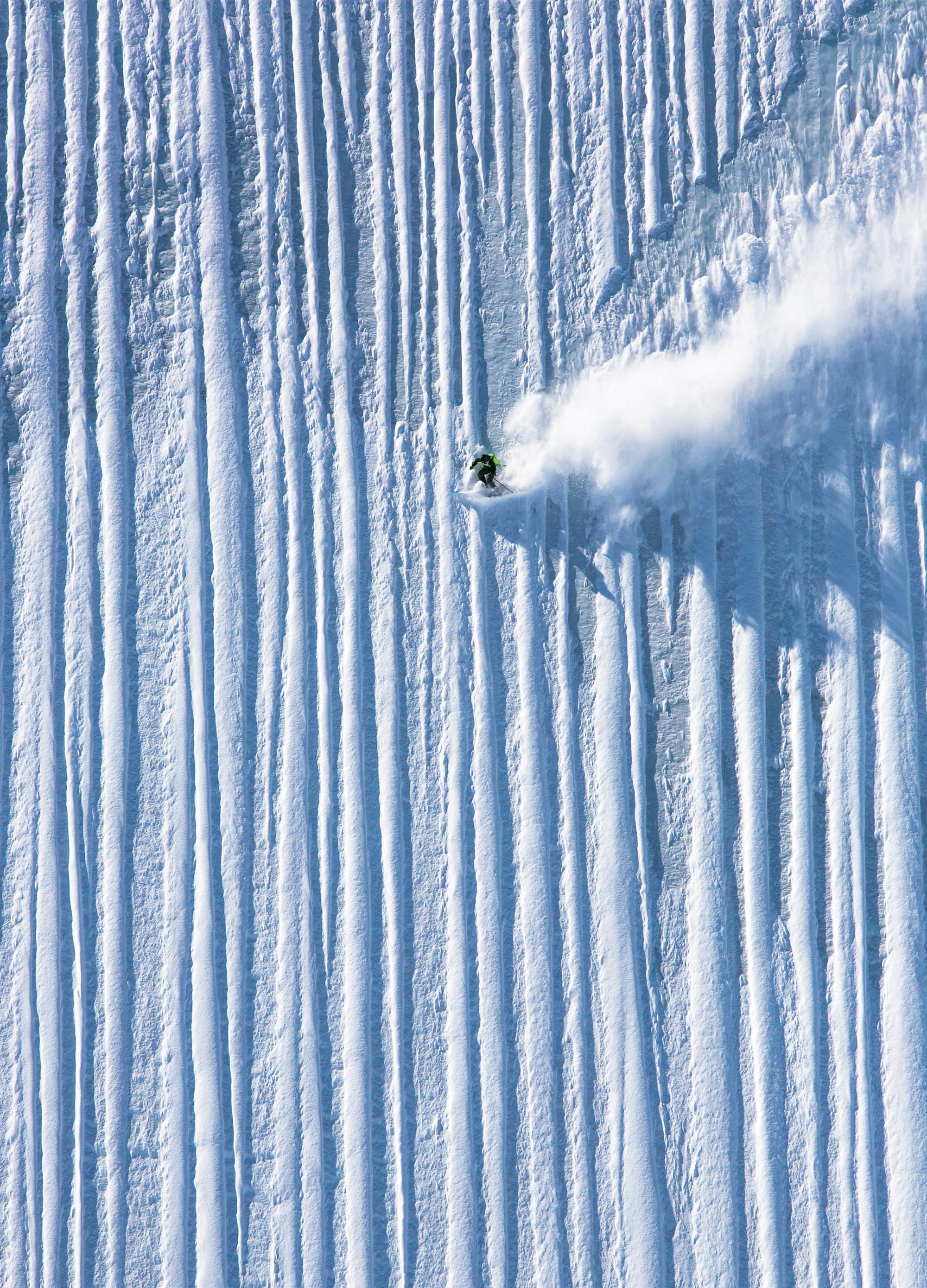
Utah native and skier Johnny Collinson, also known for his big-mountain accomplishments as well as impressive performances in ski films, first met Anthamatten on the Freeride World Tour. This winter, the two partnered to produce a film segment for Faction’s feature-length movie, This Is Home. “I couldn’t imagine a better guide,” says Collinson, reflecting on his first-ever tour around Zermatt’s alpine offerings.
Freeride skiing aligns in every way with Anthamatten’s personal objectives in the mountains and Verbier, Switzerland-based filmmaker Guido Perrini has taken notice over the 10 years he’s worked alongside Anthamatten. “When I first started filming with Sam and [snowboarder] Xavier De Le Rue, the two of them fed off each other. They started pushing the boundaries of what was possible on steep ice climbing routes. They began focusing on stuff like that, which people had already done on skis, but not in the same way they were skiing them. Sam could do descents that the older guys were doing in 100 turns—he’d do them in 10 turns, really pushing the sport to a new level.”
De Le Rue, the Freeride World Tour snowboarding champion in 2008, 2009 and 2010, multiple-time X Games Boarder-X medalist and mastermind behind some of steep skiing’s most impressive projects, including the films This Is My Winter, Mission Antarctica and Degrees North, can’t help but echo this thought as he contemplates his first days working with Anthamatten in the mountains. “At the beginning, it was a really good exchange. [Sam] would bring his mountaineering skills and I would share more of my filming knowledge, choice of destinations and projects. Since then, it’s been a love story.”
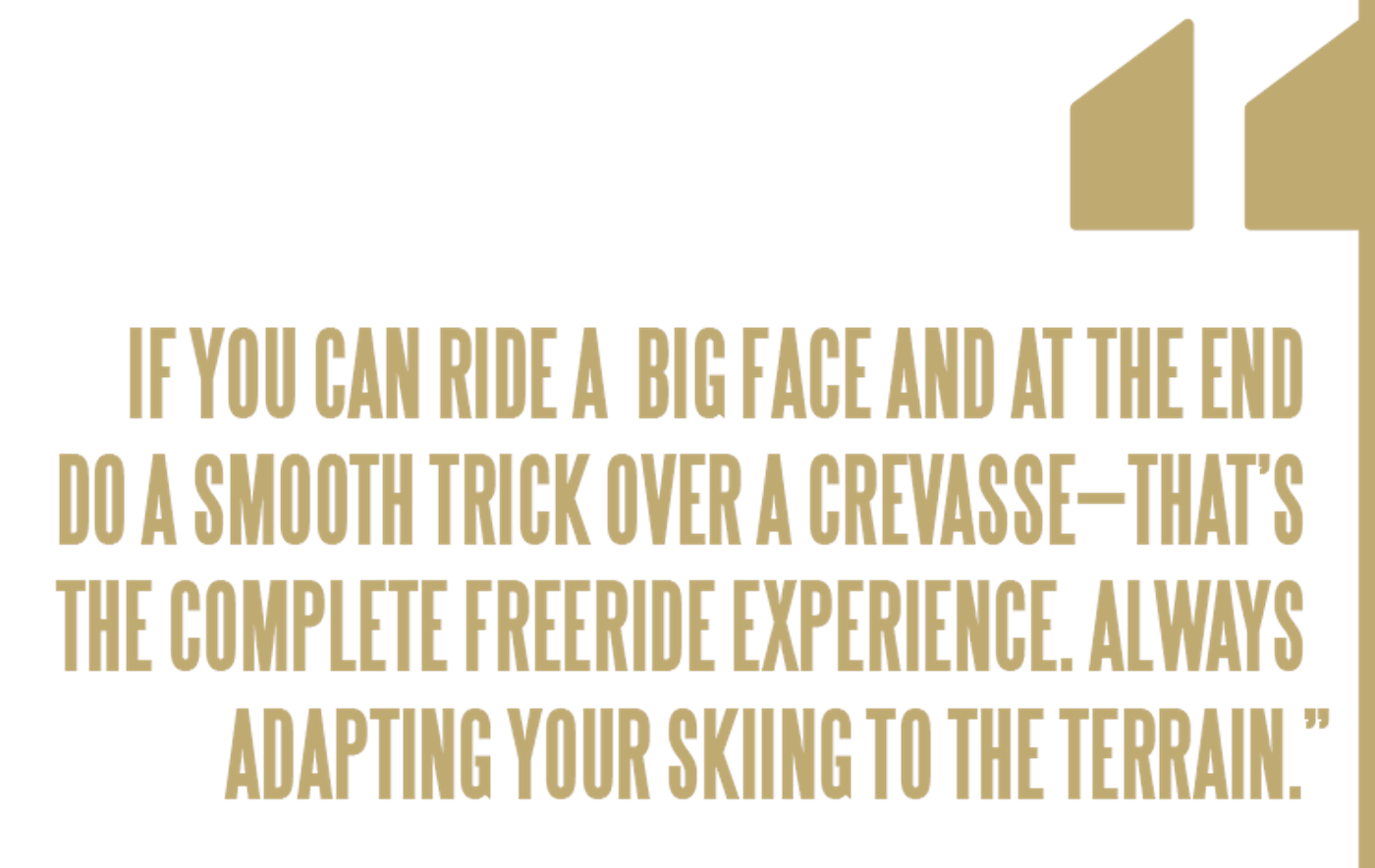
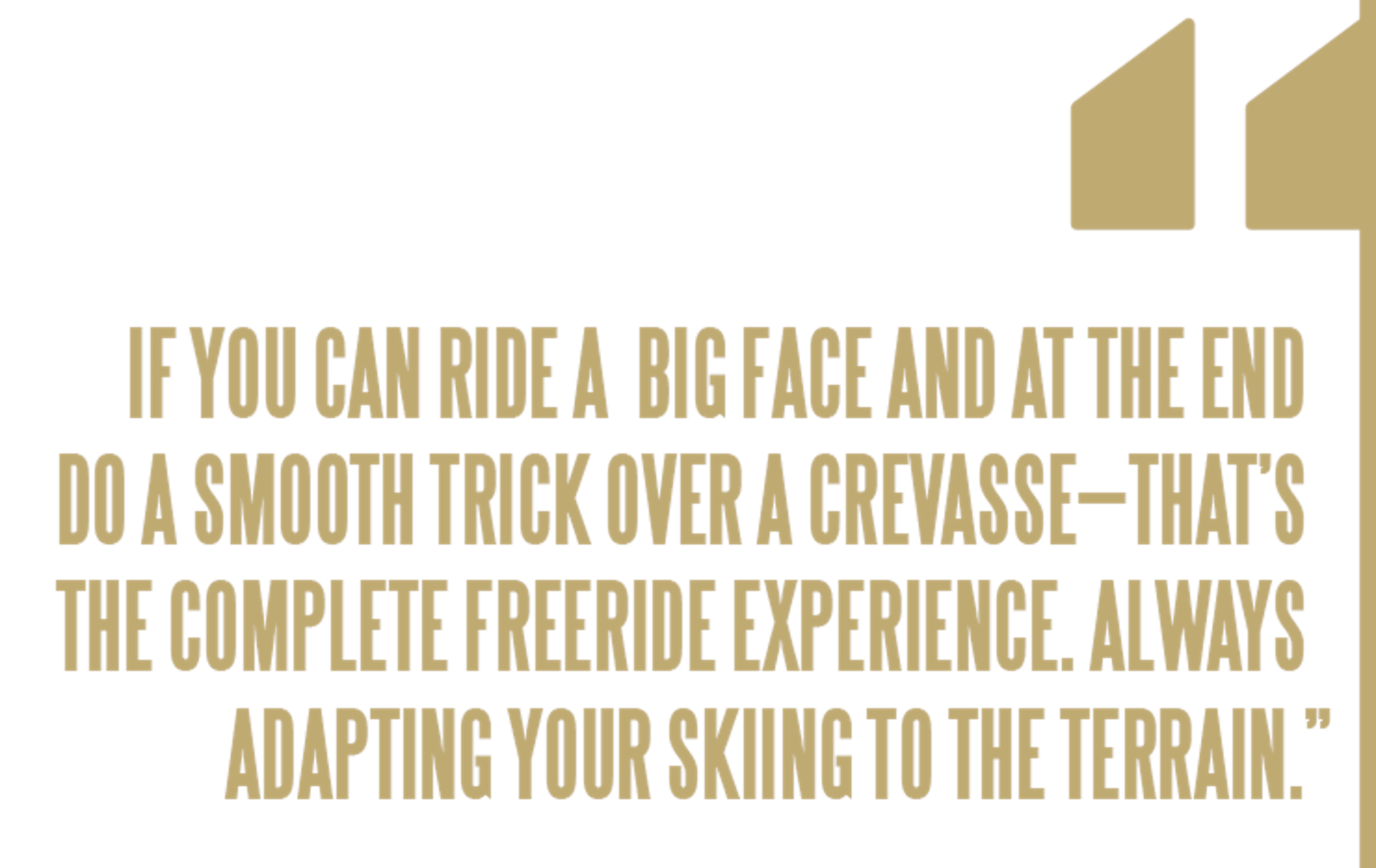
Plainly told, Anthamatten has summited some of the most notable peaks in the world, including the technical north face of the Matterhorn (when he was in high school), the south face of Jasemba, a towering 21,114-foot peak in Nepal, the south face of the Weisshorn (14,783 feet) and the north face of the Breithorn (13,555 feet). He skied down the latter two. He was sponsored by Black Diamond for much of the beginning of his career—13 years, to be exact—using its technical equipment and skis during all of his alpine expeditions, but got the call in 2014 that the company was discontinuing the high-performance gear he used for competition and recreation. “It was a sad story,” he mentioned.
Luckily, through his ski and mountaineering partner, De Le Rue, Anthamatten had been getting to know Faction’s European marketing and team manager at the time, Xavier’s wife, Beanie. Through this connection, and almost immediately after losing his previous ski sponsor, he was kindly handed a pair of Candide Thovex’s signature big-mountain twigs.
“The very next morning, I skied that ski and I was super impressed,” says Anthamatten. “Two days later was the Skier’s Cup [competition] in Zermatt, and I was skiing against Sage [Cattabriga-Alosa] and Seth Morrison. I skied the Candide 4.0s, was throwing tricks and was feeling really, really good.”
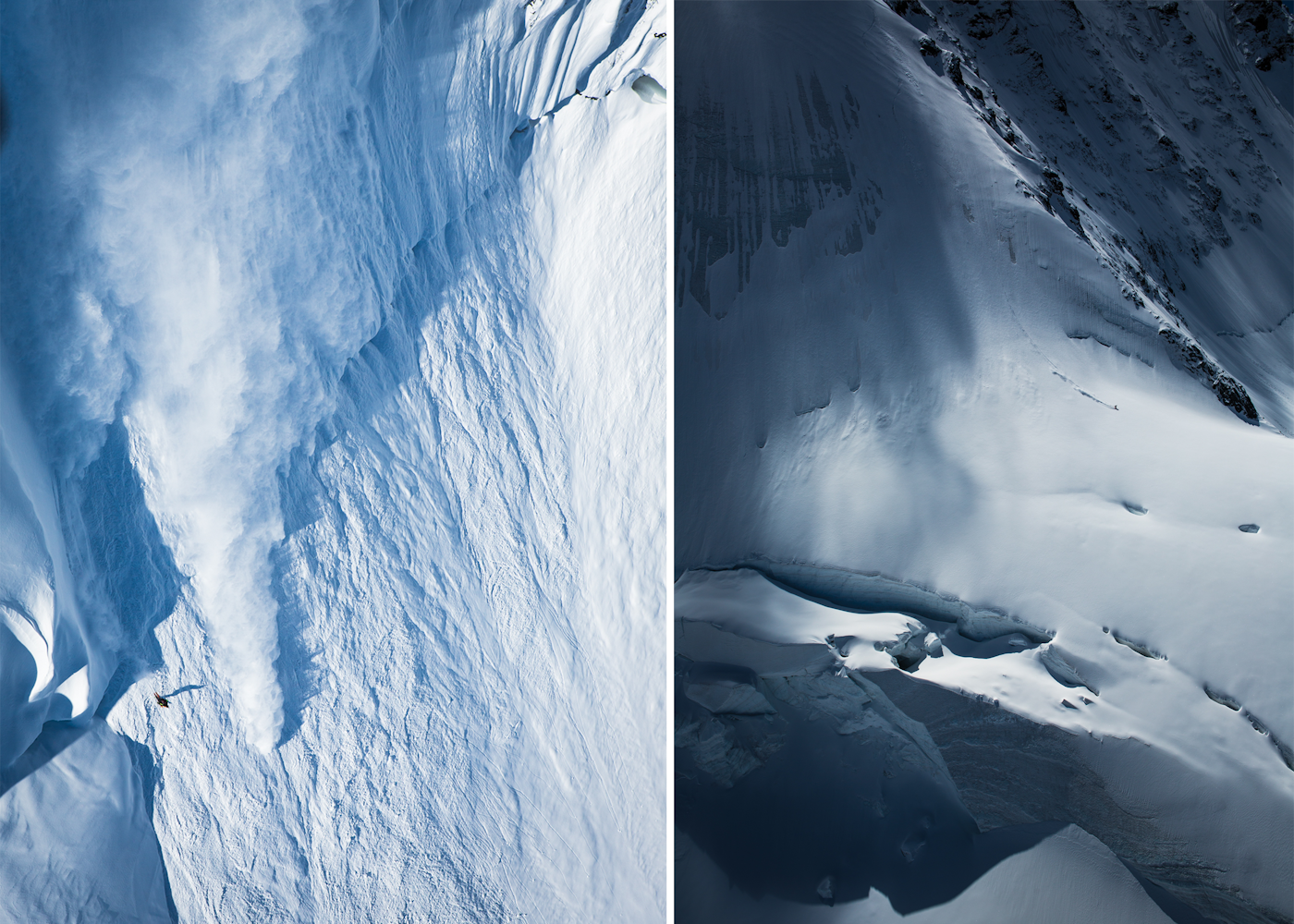
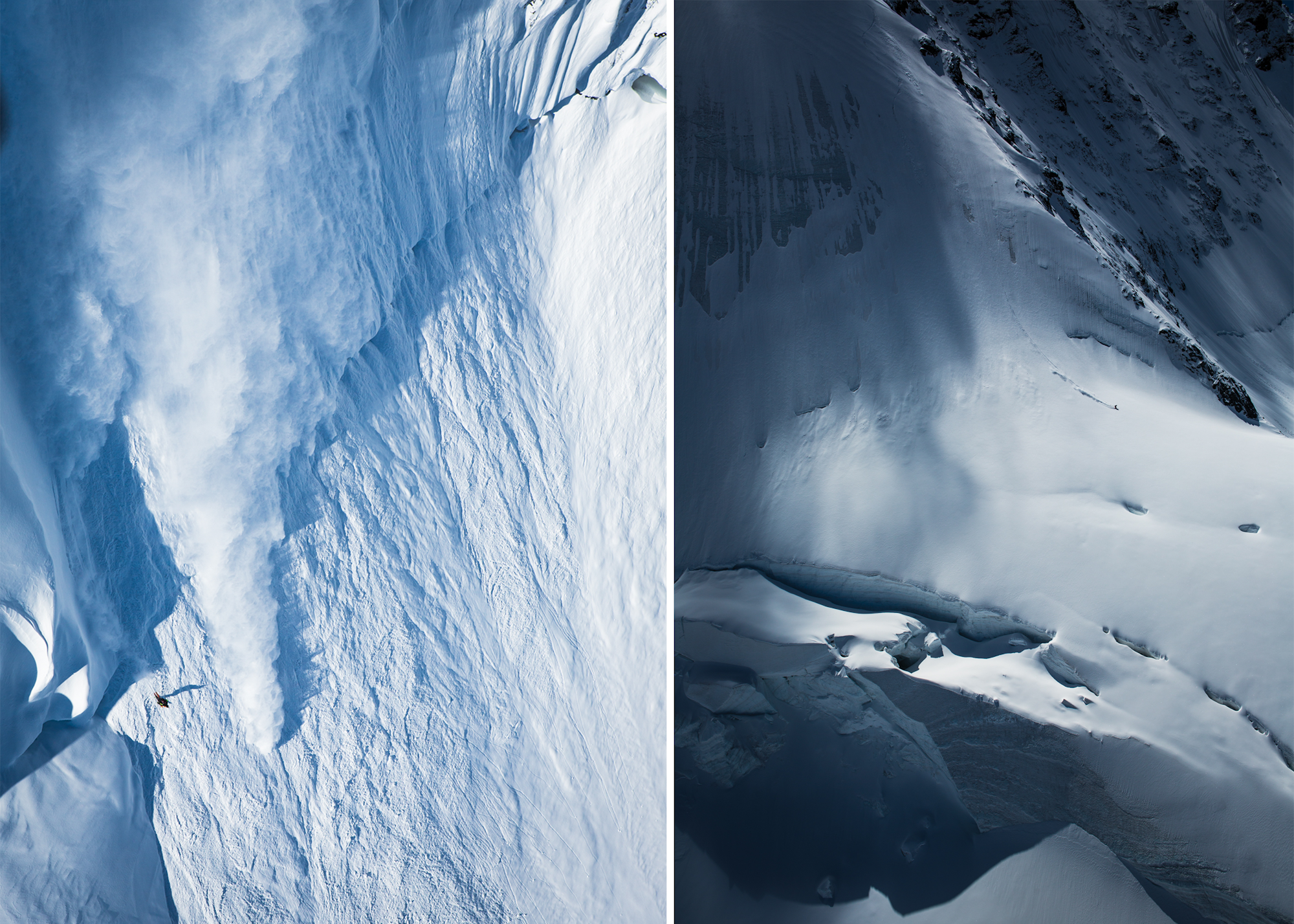
Three years and a sponsorship deal later, Faction is releasing an entirely new line of skis designed in collaboration with Anthamatten, coined the Prime Series—constructed for the big-mountain skier who demands lightweight yet extremely stable skis for the downhill.
Working closely alongside Faction’s engineer Patrik Sannes, Anthamatten has been integral in designing and testing the touring-specific skis. He says, “This idea is nothing new, but it was time to re-think the process. A lot of lightweight skis aren’t really skiable—you feel like shit skiing down big lines… because [the skis] are too chattery. On the other hand, I’ve jumped cliffs [with carbon skis] and broken them… I’ve been told, ‘You’re not allowed to jump with carbon skis.’ [And to that] I say, ‘If I’m going skiing, I’m going to jump.’”
Partnering with an athlete like Anthamatten was a no-brainer for Faction, which seeks to represent riders that have “a uniqueness as individuals,” explains the company’s current European marketing and team manager, Mathieu Soumet. “We didn’t even have an internal discussion because we were [already] sold on the guy… He’s been doing so much from an alpinism and skiing point of view, in terms of travels and experiences. It’s very humbling to talk to him. He’s the kind of person that you want to work with long-term.”
Even in those tougher moments: Rescuing an injured friend, fighting against the torrent of an avalanche, using an “old school” magnetic compass to navigate through foggy, unfamiliar terrain, Anthamatten’s calm and objective attitude shines through. Perrini explains, “There’s no one else I know that I feel safer in the mountains with. He never loses it. Even if the situation isn’t comfortable, he’s the one in control, he always knows what’s happening.”
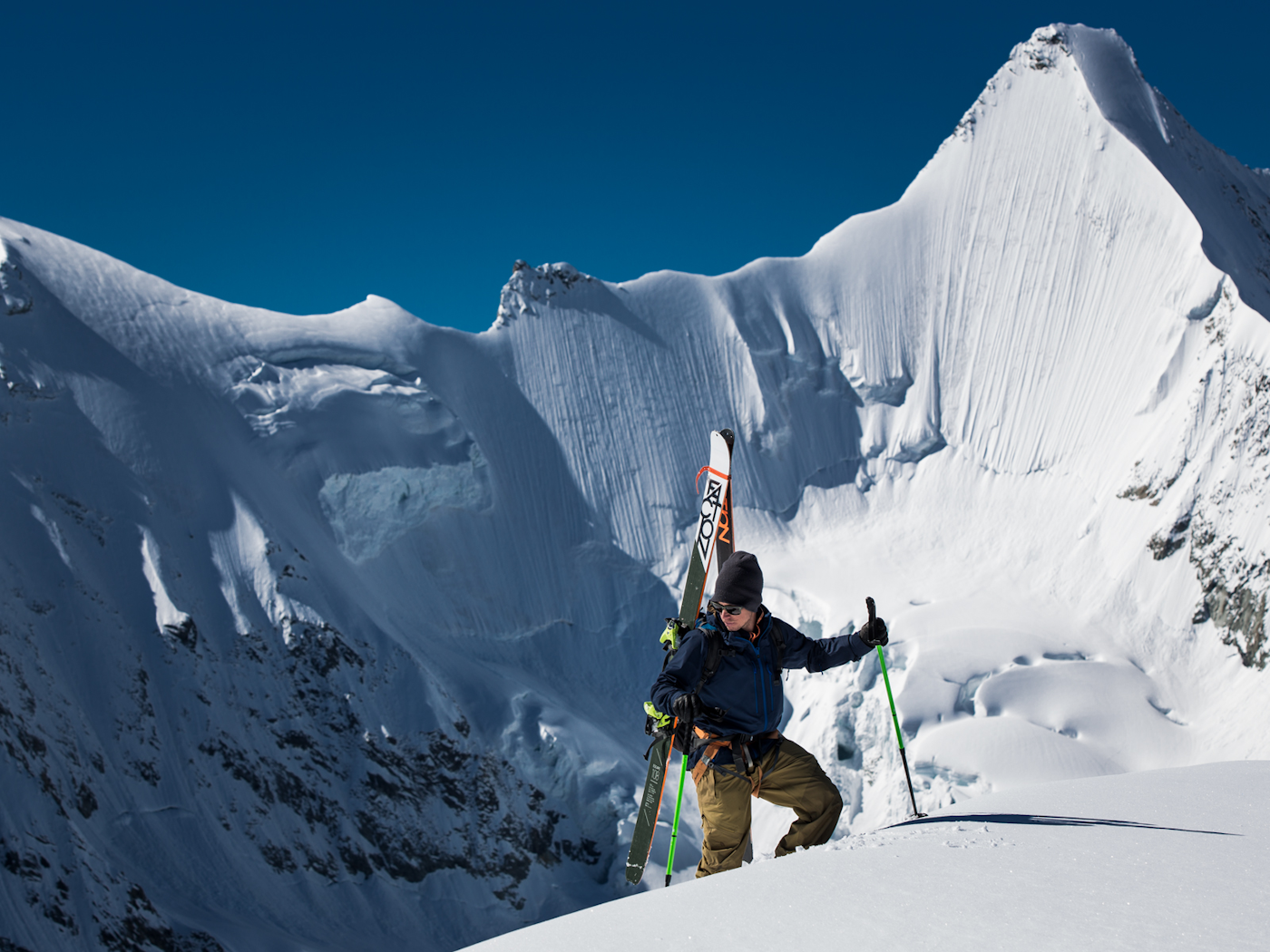

“The crew was at the top of the face and Etienne went ten feet away to get a better angle,” describes Soumet. “A snow bridge collapsed and he fell down the crevasse, about 30 to 40 feet, and was stuck there for about half an hour before they found him. It was lucky that Sam, as a mountain guide, knew how to react. It’s one of those moments… where had it been anyone else, then I don’t really know, and I don’t really want to think what would have happened.”
Etienne Merel, the director and lead cinematographer of Faction’s new film furthered the notion that, “when you are with [Sam], you feel like you are walking with a good person.” This idea resonates deeply with Merel after a miscommunication left him at the bottom of a crevasse on the final day of shooting for the two-year-long film project, in Zermatt.
Much like the alpinists, ice climbers and mountaineers he emulated growing up—living legends who children in the village whispered about as folklore— Sam Anthamatten now sits quietly at the forefront of freeride skiing and ski mountaineering. Yet, he is just finding his stride. These days, if you’re in the right place, you might spot the silhouette of the Zermatt-native teetering on the summits of the tallest peaks across Europe, Asia, North and South America and even Antarctica, but if you blink he might already be at the bottom, gracefully skirting seracs and crevasses, leaving ski tracks in fresh snow where others haven’t before.
“It’s like he’s in his garden,” says De Le Rue.

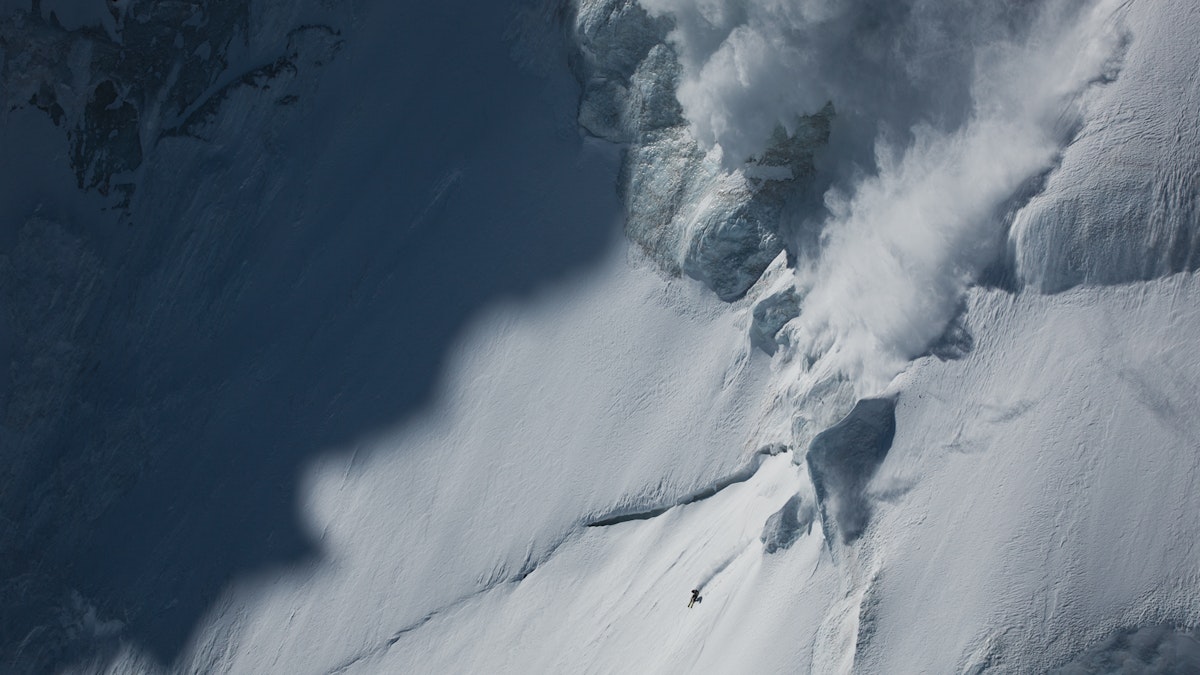
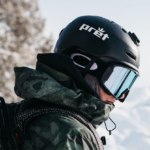
![[GIVEAWAY] Win a Legendary Ski Trip with Icelantic's Road to the Rocks](https://www.datocms-assets.com/163516/1765233064-r2r26_freeskier_leaderboard1.jpg?w=200&h=200&fit=crop)
![[GIVEAWAY] Win a Head-to-Toe Ski Setup from IFSA](https://www.datocms-assets.com/163516/1765920344-ifsa.jpg?w=200&h=200&fit=crop)

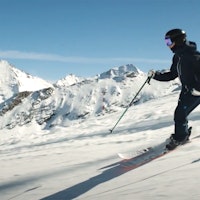
![[GIVEAWAY] Win a Legendary Ski Trip with Icelantic's Road to the Rocks](https://www.datocms-assets.com/163516/1765233064-r2r26_freeskier_leaderboard1.jpg?auto=format&w=400&h=300&fit=crop&crop=faces,entropy)


![[GIVEAWAY] Win a Head-to-Toe Ski Setup from IFSA](https://www.datocms-assets.com/163516/1765920344-ifsa.jpg?auto=format&w=400&h=300&fit=crop&crop=faces,entropy)


